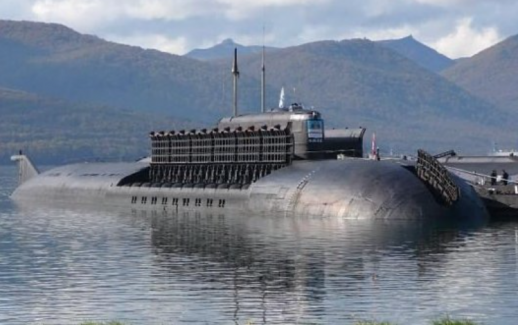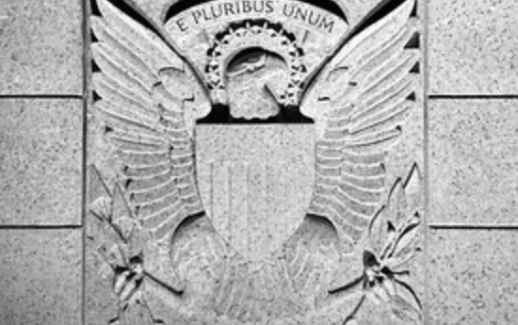Seizing the Gray: China leverages Donald Trump’s predictably divisive lame duck period at home to project itself as the responsible global leader in the world. China acted similarly when Donald Trump was in his fire and fury phase toward North Korea, later praising Kim Jong Un with no firm denuclearization commitments.
Space Race: On December 1, China landed Chang’e-5, its third successful Moon mission in seven years, testing a small scale, unmanned mineral sampling and ferrying process between the Moon and Earth. It appeared as a small scale moon mining proof of concept as much as a foray into lunar geological or planetary science.
West Pacific Resource Race: And last week, Beijing’s “Fendouzhe,” or Striver, joined the few manned submersible missions having set down on the bottom of the Mariana Trench at a depth exceeding the height of Mt. Everest under the Western Pacific Ocean. The mission, like that of Chang’e-5, was a precursor to mining extreme environments with few competitors (Moon and Mariana).
Economic Competition: These followed Xi’s signature of the multilateral Regional Comprehensive Economic Partnership (RCEP) trade agreement, and days later his signaled support for joining his regional competitors’ treaty, the Comprehensive and Progressive Trans-Pacific Partnership (CPTPP). Meanwhile, the 2020 Q4 CNBC Global CFO Council Survey sees China’s economy leading the world’s recovery going into 2021.
Technology & Infrastructure Leadership: The Australian Strategic Policy Institute’s International Cyber Policy Center runs a data intensive website tracking Chinese technology corporation inroads, as reported on ASPI.org. The report’s data points are intensive but non-exhaustive, with this caveat about the 12 Chinese tech giants tracked: “China’s internet and technology companies have been reported to have the highest proportion of internal CCP party committees within the business sector,2 it’s clear these companies are not purely commercial actors.”
Military Competitiveness: The United States-China Economic and Security Review Commission’s annual report to the U.S. Congress puts China’s PLA on track to fight a large-scale war on “its maritime periphery” within five years; fighting limited wars in countries vested in its “Belt and Road Initiative” in the next 10-15 years; and to rapidly deploy military forces worldwide by 2050. While China’s military spending is about 1/6 that of U.S. military spending on paper, it is alone in second place and enjoys two key advantages that bely that comparison: (1) opacity in its military industrial output; and (2) purchasing power parity that multiplies its spending power so as to be able to buy about 87% of the Pentagon budget by 2017 numbers (see the link).
Cold War Diplomacy: After Australia pushed back against aggressive Chinese influence and economic warfare operations against Australia, China reportedly “leaked” a list of grievances against Australia, with one Chinese official telling an Australian reporter: “China is angry. If you make China the enemy, China will be the enemy,” according to SMH. China has also reportedly stepped-up efforts to undermine U.N. sanctions against North Korea.
Vaccine Leadership and Disinformation: In the race to provide working vaccines to thwart Covid19, China jumped ahead of the United States in providing vaccines to other nations. Whether its vaccine is as effective as that recently developed by Pfizer, AstraZeneca, Moderna and others remains to be seen. In retrospect, China has also beat the Trump Administration at the vaccine disinformation game regarding Covid19, with the U.S. President appearing to take extreme, even contradictory positions toward China, ranging from ebullient praise to grave accusations. This as China and Russia push early vaccine supplies to emerging nations including those in Latin America.

